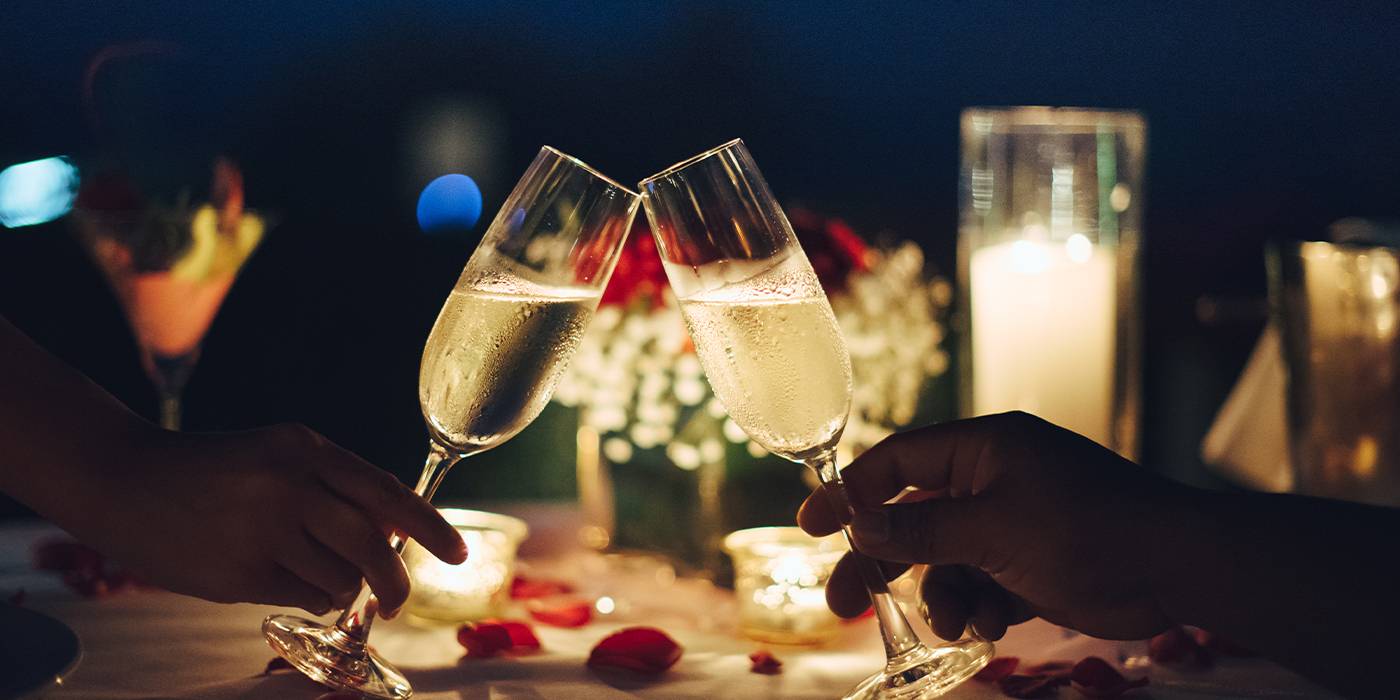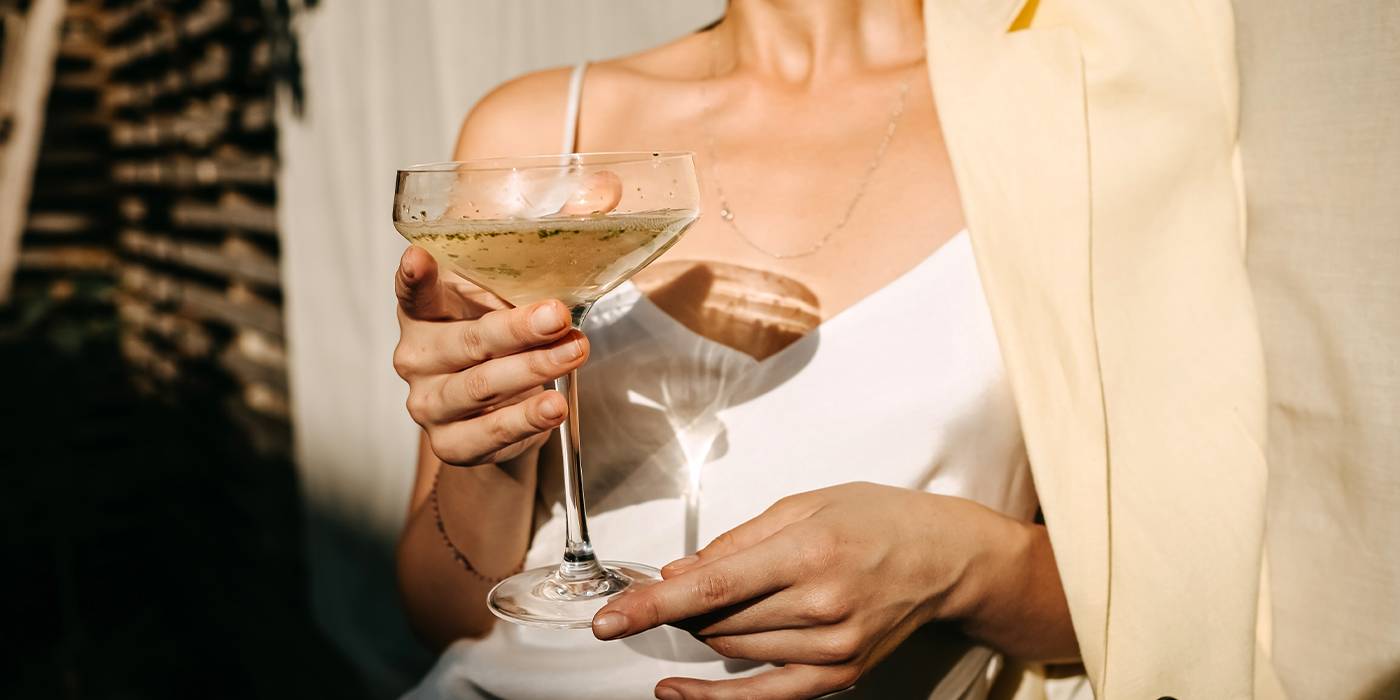Say it with Champagne this Valentine's Day.
The types of champagne produced today have differentiating aspects that make them unique depending on their grape and sugar. We teach you everything!

Eva Pizarro
Sommelier at Fierro restaurant and trainer at Tandem Gastronómico.
We all know that Champagne is the wine that is most widely associated with glamour, romanticism, luxury, etc. And therefore, with special occasions. That is a fact, and we only need to conjure up images of Audrey Hepburn in the epic film “Breakfast at Tiffany’s” to remind us.
But it is also one of the most highly rated drinks for wine lovers. Proof of this is the shortage of champagne, the demand for special cuvées and the constantly soaring prices.
“Champagne” is synonymous of success
“Champagne” is synonymous of success, of celebrating special moments. It is the wine of love. But do we know everything about it?
The first region to specialise in sparkling wine was in Northern France, with major production regions in Reims and Epernay.
It is a unique Designation of Origin, in France known as A.O.C., covering 5 sub-regions:
- Montagne de Reims.
- Vallée de la Marne.
- Côte des Blancs.
- Côte de Sésanne.
- Côte de Bar.
Furthermore, depending on the classification of the zones, there are 4 categories:
- Champagne A.C.
- Champagne Cru.
- Champagne Premier Cru.
- Champagne Gran Cru.
On the other hand, it is important to point out that there are 7 grape varieties that have been authorised to produce Champagne: Chardonnay, Pinot Noir and Pinot Meunier -as the main varieties-, and Arbane, Petit Meslier, Pinot Gris and Pinot Blanc - accounting for a much smaller percentage, barely 0.3%, but which have piqued people’s curiosity and the range of possibilities by winemakers.

A rather interesting fact is that although most Champagne is white or rosé, two red grape varieties are used: Pinot Noir and Pinot Meunier. White champagne is exclusively made using Blanc de Noirs.
Champagne is made using the Méthode Traditionnelle, in other words, the grapes have to be picked by hand, and then fermented twice, the second time in the bottle in order to produce the highly rated bubbles.
If the grapes are from the same crop, this is called Vintage and they must be aged for a minimum of 36 months. Champagne is usually made in the best harvest years, and is of an extremely high quality and complexity. Nevertheless, the name Non-Vintage is given when different crops are used and the ageing period is reduced to 15 months.

Since Champagne is cuvée where different variety wines, grapes from different vineyards and crops are mixed, the labels do not state the year of the harvest. Nevertheless, in very exceptional harvests, some producers may decide to make Champagne from a single vintage. These champagnes are known as “millésimé”.
Depending on the sweetness, Champagne is classified as:
- EXTRA BRUT: unsweetened Champagne, with less than 2 g/l of residual sugar.
- BRUT: which may contain up to 15 g/l of sugar.
- SEC: containing between 17 and 35 g/l of sugar.
- DEMI-SEC: containing between 33 and 50 g/l of sugar.
- DOUX: which may contain over 50 g/l of sugar.
Did you know that in 2015 the Champagne vineyards, makers and wine cellars were declared UNESCO Word Heritage?
The fact is that Champagne is enchanting, but not only its wines, but its landscapes, people, traditions and history, all of which make it unique.
You are now ready to declare your love!
What do you think about?
Share comments, opinions and tricks with the Community







